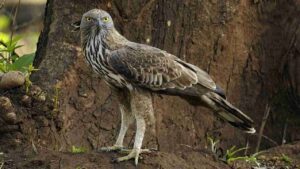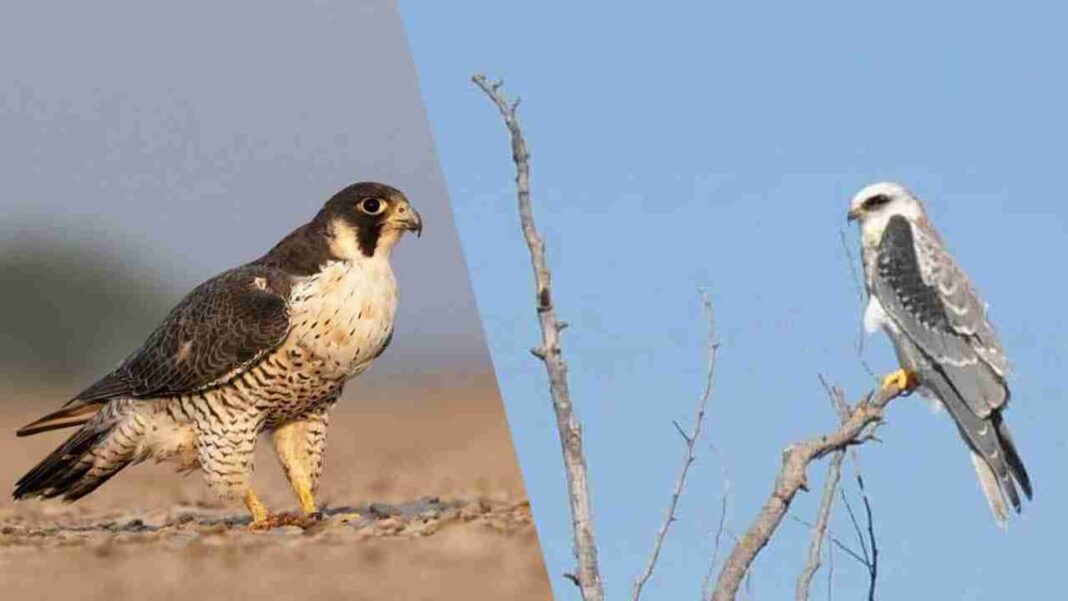New Delhi, August 29: A significant proportion of Indian bird species, particularly carnivores, insectivores, and granivores, are “declining faster than omnivores and nectar eaters, indicating the impact of diet on the avian population.”
According to the second edition of the State of India’s Birds Report 2023, which was recently released, birds that feed on fruits and nectar are doing well across the country since these resources are widely available even in substantially transformed rural and urban settings.
“Bird populations are thus influenced not only by direct threats to their habitats, but also by the availability of food resources,” according to the paper.
A coalition of 13 government and non-government organisations, including the Bombay Natural History Society (BNHS), Wildlife Institute of India (WII), and Zoological Survey of India (ZSI), issued the paper. The report is based on information submitted by 30,000 birdwatchers from across the country.
It mentions that birds that eat on vertebrates and carrion have dropped the most in India, implying that this food supply either includes dangerous toxins or is becoming scarce, or both. Falcons, vultures, shikras, and black kites are examples of carnivorous birds.
Furthermore, birds that feed on invertebrates (including insects), such as the Indian roller, are rapidly disappearing.
Recent research indicates that insect populations around the world are declining, and pesticides are thought to be a major contributor to significant decreases in European insectivorous birds.
“A decrease in insects, for example, could have an impact on insectivorous birds.” Several raptors feed on mice in agricultural environments, but these mice may carry pesticides and other agrochemicals that are dangerous to the birds that consume them, according to the paper.
Consuming diclofenac-contaminated carcasses nearly drove vultures to extinction.
“According to the trend analysis, birds that feed on fruits and nectar are doing well, possibly because these resources are easily accessible even in heavily modified rural and urban landscapes.” The research states that “the continued availability of these resources, even outside of natural ecosystems, can sustain this encouraging story.”
The report, which was released last week, assessed the status of 942 bird species, largely based on data supplied by birdwatchers to the online platform eBird.

With the release of the first report on the State of India’s Birds (SoIB) at the Conference of Parties to the Convention on Migratory Species in Gandhinagar in 2020, India entered the list of countries that routinely review the state of its birds.
The evaluations are based on three indices. The first two are indices of change in abundance: the long-term Trend (change over approximately 30 years) and the current annual Trend (annual change over the previous eight years); the third is a measure of Distribution Range Size within India.
Using these three indices in conjunction with the IUCN global Red List of Threatened Species 2022 (hereafter ‘IUCN Red List,’ 178 species were categorised as High Priority, 323 as Moderate Priority, and 441 as Low Priority for India.
According to the survey, birds in India fare poorly generally in all countries where bird populations have been tracked and analysed.
A few generalist species are thriving, including the feral Rock Pigeon, Ashy Prinia, and Indian Peafowl. Other well-known species, such as the Baya Weaver and the Pied Bushchat, are reasonably stable.
However, the overall picture is bleak, with 60% of species showing long-term decreases (out of 348 species that could be assessed for Long-term Trend) and 40% now dropping (out of 359 species examined for current yearly trend).
“Declines are not distributed uniformly across species; examining differences across groups of species that share common characteristics reveals informative patterns.” “Habitat specialists, particularly specialists of grasslands and other open habitats, wetlands, and woodlands, are rapidly declining,” according to the study.
According to the survey, migratory species appear to be under more threat than non-migrants. Furthermore, species indigenous to the Western Ghats-Sri Lanka region fare worse than others.
It reveals that certain groups of birds, such as open environment species like bustards and coursers, riverine sandbar-nesting birds like skimmers and some terns, coastal shorebirds, open-country raptors, and a number of ducks, are faring particularly poorly.
According to the report, a significant number of species lack the necessary data to be assessed.
“Due to a lack of data, Long-term Trend could not be calculated for 44% of the 942 species covered in this report, and Current Annual Trend could not be estimated for 31% of the species,” the paper states.





